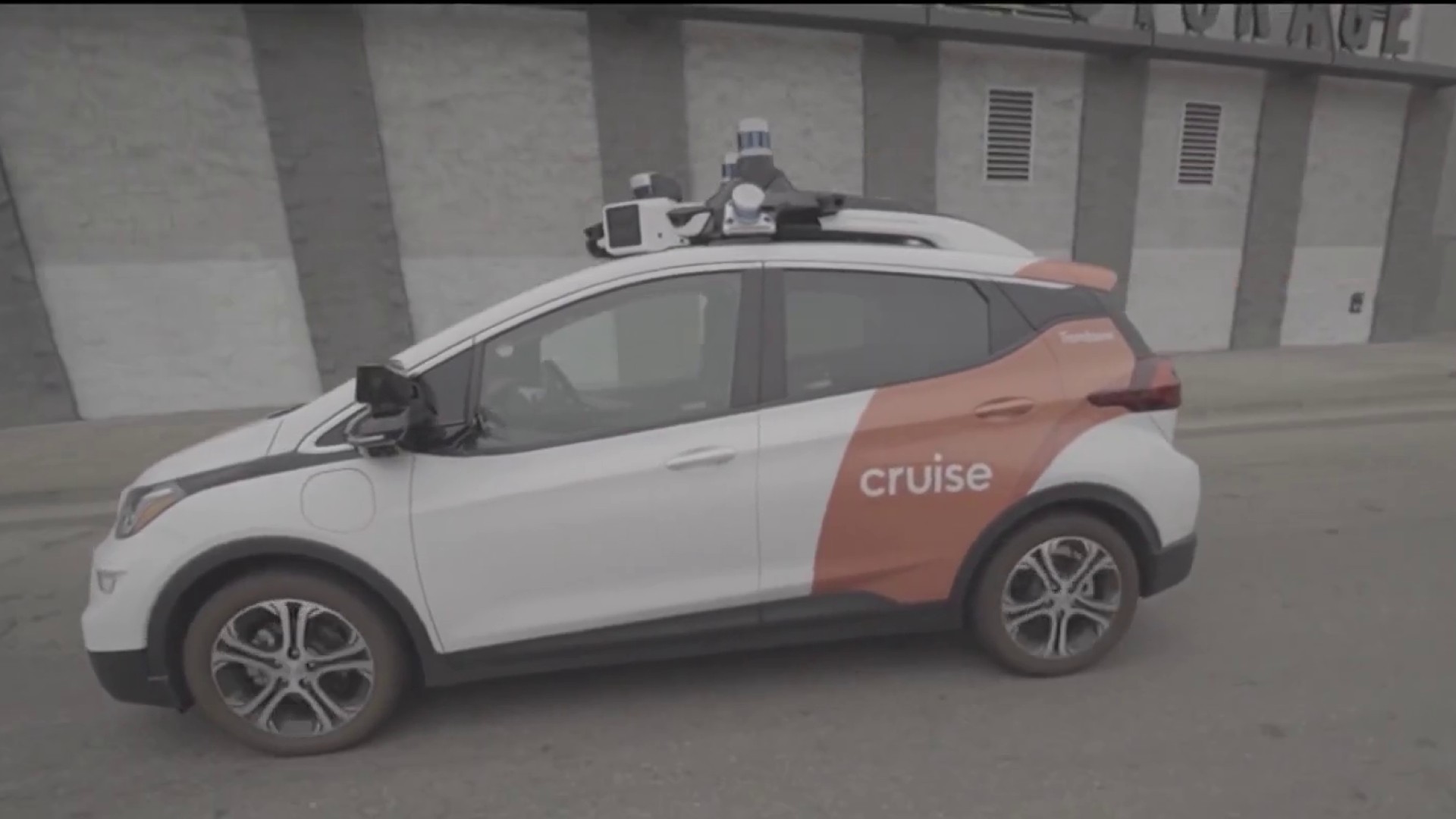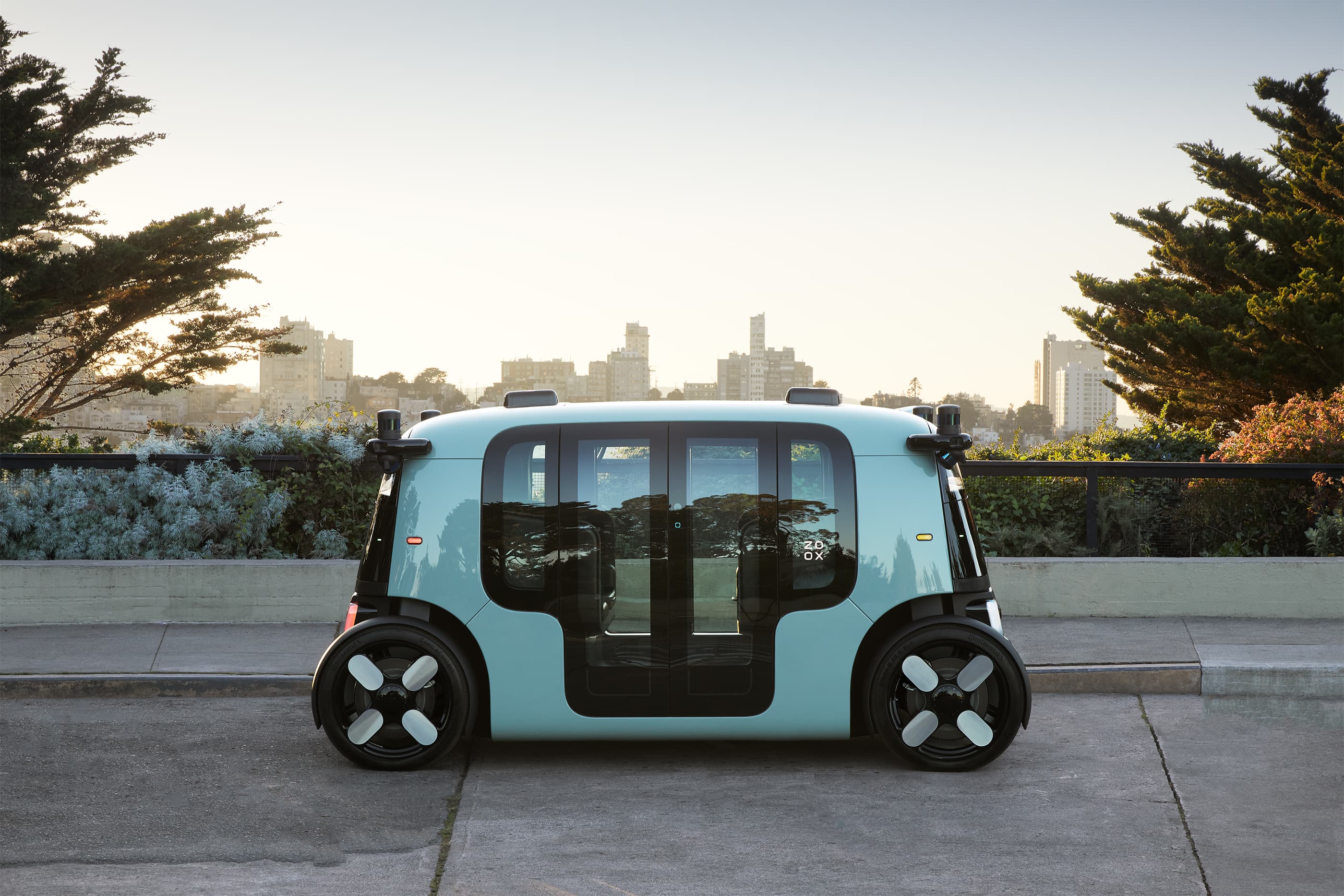Waymo says its fleet of driverless cars has surpassed 25 million miles on public roadways and continues to outperform human drivers across major safety metrics.
In a report released Thursday, Waymo and its partners at the Swiss Reinsurance Company reviewed insurance claim data to explore how often human drivers and autonomous vehicles are found to be liable in car collisions. According to the report, Waymo’s self-driving vehicles faced about 90% fewer insurance claims relating to property damage and bodily injuries.
“The statistics here really speak for themselves,” said Tilia Gode, the head of Risk and Insurance for Waymo. “It's not a perfect metric, as there are many reasons for claims payouts outside of responsibility, but it's a very, very good metric.”
Waymo's self-driving cars tout better safety record than humans
The findings cover a more than six-year period from 2018 through July 31, 2024, during which Waymo says its vehicles logged 25.3 million driverless miles across four cities: San Francisco, Los Angeles, Phoenix, and Austin. During that time, Waymo’s driverless vehicles were the subject of nine property damage insurance claims and two bodily injury claims, according to Waymo’s analysis.
Using insurance data to establish a base rate, Waymo and Swiss Re found human drivers would have likely faced 78 property damage claims and 26 other claims relating to bodily injury during the very same period, thus, determining Waymo’s autonomous cars paid out roughly 90% fewer collision-related insurance claims compared to human drivers.
“This is a very significant safety step forward,” said Trent Victor, director of Safety Research and Best Practices for Waymo. “I think this should be celebrated.”
This is a very significant safety step forward...I think this should be celebrated.
Trent Victor, Director of Safety Research and Best Practices for Waymo
Get a weekly recap of the latest San Francisco Bay Area housing news. Sign up for NBC Bay Area’s Housing Deconstructed newsletter.
Waymo's 25M-plus miles just fraction of humans' mileage
Some traffic safety experts have repeatedly cautioned about drawing definitive safety comparisons between autonomous vehicles and human drivers in light of the relatively small number of miles self-driving vehicles have traveled. For example, while Waymo has logged more than 25 million driverless miles since 2018, it represents less than 1% of the more than 3 trillion miles humans travel each year on U.S. roads.
The disparity in distance traveled has created quite the quandary for autonomous vehicle companies that have struggled to calculate a fair comparison between their autonomous vehicles and human drivers, leaving some experts longing for more data and more miles from driverless vehicles.
“That's a way of sort of deferring or putting doubt into people's minds,” Victor said. “What is needed is evidence that is scientifically sound, and we're working with partners that can help confirm this.”
To date, Waymo’s robotaxis have provided more than 5 million rides – 4 million of which were completed during this past year alone. As the autonomous car company’s popularity has taken off, so has the fleet’s number of collisions. During the more than six-year-period covered in Waymo’s recent safety report, the company notes its vehicles were involved in a total of 241 collisions, but in just the past six months that figure has grown by roughly 60%, according to data posted by the National Highway Traffic Safety Administration, which requires all autonomous vehicle companies to self-report collision data regardless of whether driverless vehicles were actually at fault.
Waymo remains only robotaxi service in California
Waymo remains the only fleet of robotaxis in California to move past the testing phase and onto its current business model of regularly shuttling paying passengers.
Cruise, a subsidiary of General Motors, had been a major competitor to Waymo but was forced off the road last year after California regulators accused the company of misleading state investigators about an incident involving a driverless Cruise vehicle that inadvertently dragged a woman 20 feet.
Earlier this month, GM announced it would longer fund Cruise’s “robotaxi development … given the considerable time and resources needed to scale the business.” Instead, GM laid out plans to focus on driver-assisted technology in its own commercial line of personal vehicles.
Amazon’s Zoox is the most recent company in California to roll out its fleet of driverless vehicles, which are now being tested on public roadways in San Francisco’s SOMA neighborhood as well parts of Foster City. Tesla has also made big promises to launch its own line of robotaxis in California and Texas sometime next year.
There are roughly 30 different companies that have permits with the California DMV to test driverless vehicles across the state.
“I'd say that there are differences between approaches,” Victor said. “I don't know of anyone that is anywhere close to the scientific rigor behind our data that we're providing.”
Watch our entire investigative series
- Part 1: Driverless cars seek San Francisco expansion despite worries tech is unsafe
- Part 2: CPUC votes to expand driverless car operations in San Francisco
- Part 3: San Francisco city attorney files motion to pump the brakes on driverless cars
- Part 4: Google's Waymo says insurance data shows its driverless cars are safer than humans
- Part 5: Hit-and-run driver strikes pedestrian, tossing her into path of Cruise car in San Francisco
- Part 6: Driverless trucks and robot deliveries promise fewer traffic jams than robotaxis
- Part 7: Cruise says its robotaxis can now better detect emergency vehicles
- Part 8: California DMV orders Cruise's driverless cars off the road
- Part 9: Driverless cars immune from traffic tickets in California under current laws
- Part 10: GM's Cruise lays off nearly 25% of its workforce
- Part 11: Waymo's driverless cars surpass 7 million miles, but are they safer than human drivers?
- Part 12: Cruise probe blames poor internet, bad leadership, and "flawed" decisions for company's woes
- Part 13: Driverless Cruise car accused of almost hitting 7 yr old after similar close call involving kids
- Part 14: Cruise offers to pay $112,500 in fines to settle claims driverless car company misled regulators
- Part 15: Uber Eats now uses Waymo Self-Driving cars to offer driverless deliveries
- Part 16: Bills aimed at closing traffic ticket loophole for driverless cars get initial green light
- Part 17: School crossing guards say they've had to dodge driverless cars to avoid being hit
- Part 18: Cruise ordered to pay $112,500 in penalties for withholding info from regulators
- Part 19: Waymo waitlist over in SF, all can hail driverless cars
- Part 20: SF Mayor vows to hold driverless car companies accountable after NBC Bay Area report
- Part 21: San Francisco govt. officials meet with Waymo to discuss safety concerns near schools
- Part 22: California DMV gears up to allow driverless trucking despite calls to restrict high-tech big rigs
- Part 23: Cruise to abandon robotaxi business after tumultuous year
- Part 24: Waymo's robotaxis surpass 25 million miles, but are they safer than humans?
Contact The Investigative Unit
submit tips | 1-888-996-TIPS | e-mail Bigad




